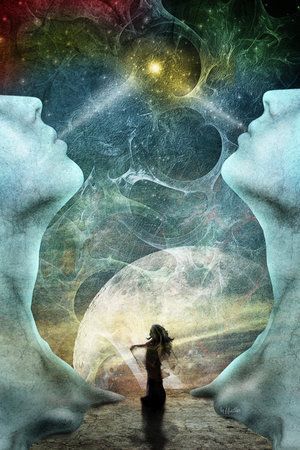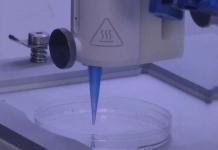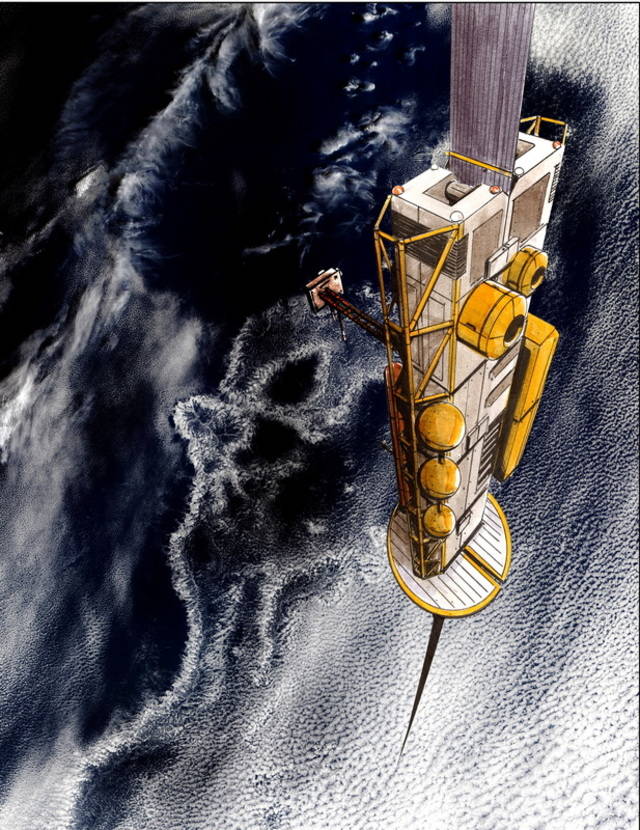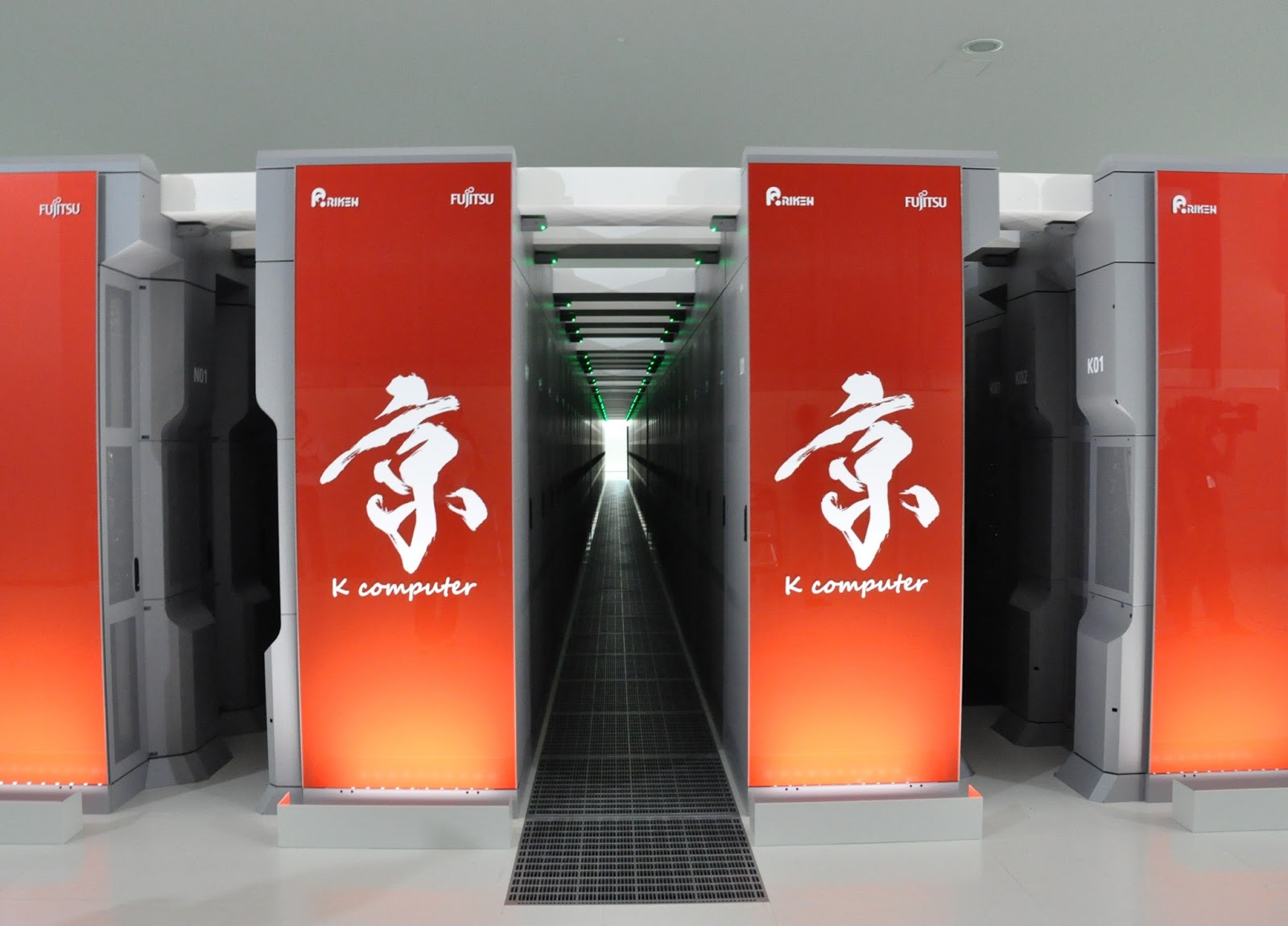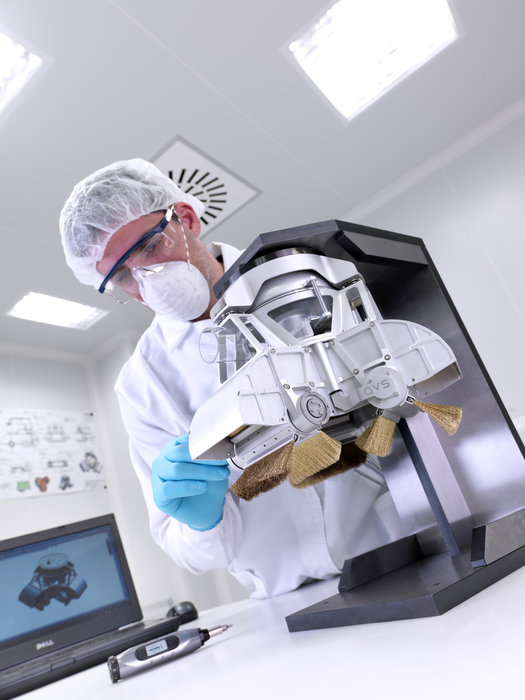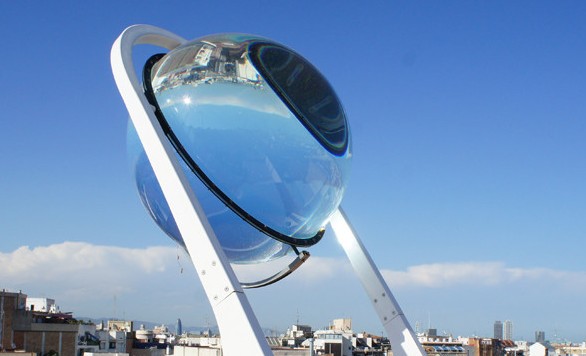Daniel Oldis, a software engineer and former teacher from Costa Mesa, Calif. uses little more than a special EEG headband called the Zeo, a red light bulb, some clever programming skills and an Internet connection to engage in what he calls “social dreaming”.
It derived from four decades of research involving Lucid Dreaming and recent invitations to other lucid dreamers that he found online, taking part in his open protocol experiment.
Lucid dreaming refers to the ability to become aware during a dream that you are in fact, dreaming, and being able to exert some control over what happens in the dream. According to Odis, people can develop it as a mental skill, though introverted and creative types tend to have an easier time.
Oldis’ experiments in social dreaming rely on a few key foundations: A) That someone who is dreaming can sometimes recognize a physical cue, such as a light-bulb that turns on while they are in deep sleep. There are actually a few gadgets like the NovaDreamer, which are designed to nudge people into lucid dreams with a cue like light or sound. Oldis prefers using EEG devices that he’s hacked.
B) That if the person having a “lucid dream” becomes aware of the light cue while in their dream, they can sometimes signal back to the “awake” world with a unique physical gesture, such as looking twice to the left.
C) That if an EEG device can capture that unique eye, or hand signal, and can transmit it over the Internet to another dreamer, it could also turn on a light where the other dreamer is, to send them a cue too. This is the interesting part: one person having a lucid dream, could “ping” another dreaming person, and hopefully cause them to become lucidly aware of the first person in their dream.
Inception, in real life?
In one experiment, Oldis tried to ping another colleague, Marjorie Kaye, who was also wearing an EEG device and could receive his signal via the website sleepstreamonline.com.
In his dream, Oldis saw a light flare on a cruise ship. Realizing he was dreaming, Oldis sent his “left-left” signal, which was picked up by the Zeo wrapped around his head, transmitted through the website, before turning on a similar light for Kaye. What she then saw in her dream was a glowing “Exit” sign in a theater. Before she could signal back with a deliberate eye movement, however, Kaye woke up.
Some smartphone apps like SleepCycle and DreamOn, along with the wristband product Lark and mask REM Dreamer or DreamStar can be used to detect REM sleep, with some even sending data to a common website, but that’s only half the story. You generally need a way to signal from the dream, with eye movements, or signal into a dream with lights. Any device for social dreaming adventures would need to be able to accommodate this as well.
Gamers, smile: Research showing that video gamers are more likely to be better lucid dreamers, and sees an opportunity for a future form of social media that employs a growing use of brain-reading gadgets like the Zeo,Muse and others.
Hat tip: Forbes.com

